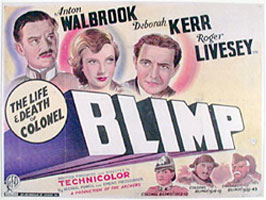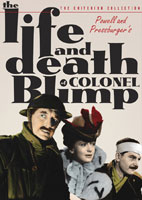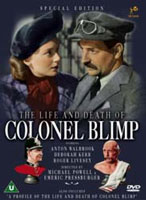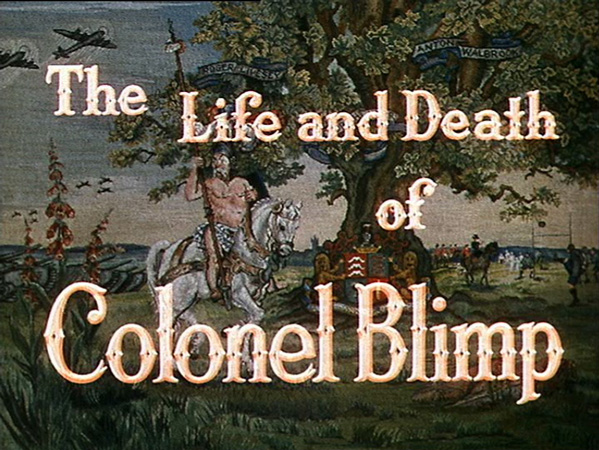
(Leben und Sterben des Colonel Blimp | Colonel Blimp)
by Michael Powell, Emeric Pressburger

|
Director:
|
Michael Powell, Emeric Pressburger | |
|
Producer:
|
Michael Powell, Emeric Pressburger | |
|
Production Manager:
|
Sydney Streeter, Alec Saville | |
|
Production Companies:
|
Independent Producers / The Archers | |
|
Screenplay:
|
Michael Powell, Emeric Pressburger | |
|
Cinematographer:
|
Georges Périnal (Technicolor, 1.37:1) Jack Cardiff, Geoffrey Unsworth (camera operators) |
|
|
Editor:
|
John Seabourne | |
|
Music Score:
|
Allan Gray Non-Original Music by Felix Mendelssohn-Bartholdy (from "Hebrides"), Jacques Offenbach (from "Can Can") (uncredited), Ambroise Thomas ("Je suis Titania" from "Mignon", uncredited) |
|
|
Art Director:
|
Alfred Junge | |
|
Costumes:
|
Joseph Bato | |
|
Sound:
|
Desmond Dew, C.C. Stevens | |
|
Special Effects:
|
W. Percy Day
Lt.Gen. Sir Douglas Browning (military advisor) |
|
|
Cast:
|
Roger Livesey (Clive Candy), Deborah Kerr (Barbara Wynne), Anton Walbrook (Theo Kretschmar-Schuldorff), Roland Culver (Col. Betteridge), Albert Lieven (Von Ritter), James McKechnie (Spud Wilson), Frith Branbury (Babyface Fitzroy), Edward Cooper (BBC Official), Felix Aylmer (Bishop), Helen Debray (Mrs. Wynne) | |
|
Runtime:
|
163 min
The films' overseas release was finally approved on 25 August 1943, although it was May 1945 before the film was seen in the US in a print cut by about 20 minutes. Blimp was to suffer probably more than any other Archers film from differing release prints. The original 163 minutes had already been cut by Powell due to a shortage in Technicolor stock. Several versions eventually circulated a 120-minute print dispensed entirely with the opening sequence and ran the story from 1902 onwards. In the mid 1970s, the BBC and National Film Archive jointly produced a new 158-minute print, seen in London in 1978 — which was later extended with help from the Rank Organisation and the Sainsbury Charitable Trust to the complete original length. This version was finally premiered in America on July 8th 1988, opening a two-week season of Powell-Pressburger movies in New York, where it was puzzlingly hailed by critics as 'England's answer to Citizen Kane'. |
|
|
Premiere:
|
10 June 1943 (UK)
Budget: £200,000 |
|
|
Awards:
|
New York Film Critics Circle: Best Film, Best Direction, Best Actor (Roger Livesy) 1945 |
|
"Roger Livesey gives us not just a great performance, but a man's whole life: losing his only love to the German officer with whom he fought aduel in pre-WWI Berlin, then becoming the latter's lifelong friend and protector. Like much of Powell and Pressburger's work, it is a salute to all that is paradoxical about the English; no one else has so well captured their romanticism banked down beneath emotional reticence and honour. And it is marked by an enormous generosity of spirit: in the history of the British cinema there is nothing to touch it."
— Chris Peachment, TimeOut "By today's standards, Michael Powell and Emeric Pressburger's The Life And Death of Colonel Blimp seems a brilliantly written and executed character study with period overtones — "the British Citizen Kane," as one critic described it in recent years. But the 163-minute movie was one of the most controversial productions in England during the war, and the disputes over its content and distribution overshadowed the film's virtues for nearly 40 years. ... Blimp seemed as if it was designed to engender displeasure from the government: Anton Walbrook, who was the leader of the anti-Nazi Germans in 49th Parallel, plays an even more sympathetic expatriate German in this movie; the title character, who represents the epitome of the British officer class of the First World War, is depicted as a well-meaning but doddering old buffoon, incapable of dealing with the Nazi threat; and the hero, Clive Candy (brilliantly played by Roger Livesey), makes his name on a civilian escapade during the Boer War, just as Prime Minister Winston Churchill had. The movie seemed certain to attract official censure, and it did. Powell and Pressburger were denied the use of military equipment or personnel while Blimp was in production, and the government voiced its further strenuous objections to the parties financing the movie. Once it was completed and released, the film was denied an export license to the United States until almost two years after the war, by which time it had been shorn of nearly an hour of material. It took 40 years for the uncut version to reach America in its original Technicolor splendor. After the wait, audiences found a movie that seized upon many of the structural elements found in Orson Welles' Citizen Kane, with its back-to-front-to-back narrative path. The Archers took the class satire and social consciousness found in the best work of Noel Coward — as well as in the original David Low cartoon whence the "Colonel Blimp" character originated — and turned those elements into something uniquely theirs, a film very wry and dry in its tweaking of British sensibilities, universal in its observations on life, love and longevity in the middle of a world war. "Churchill's famous opposition to The Life and Death of Colonel Blimp has probably done most to crystallise the image of Powell and Pressburger's wartime epic as a subversive thrust at the military establishment. ... if there is one thing that The Life and Death of Colonel Blimp resists, it is being cast in any anti-establishment role. Its restlessness, its élan, its stylistic variety and dazzle have more to do with a quest for an establishment role that is worthy of it. The film is an implicit demonstration of the conservative impulse behind much formal experimentation in art — the anger at what is outmoded, at what has lost its power to enshrine those values considered eternal. ... One thing that makes the film's argument so ambiguous, mystical and difficult to grasp is that it conflates too many qualities — of political ideology and national character, for instance — and assumes that military conduct can be discussed in purely spiritual terms, without reference to political or historical circumstances, or even to technology. ... The Life and Death of Colonel Blimp is in a sense playing at soldiers, playing at myths of nationhood. What gives it such uncanny power as a myth in its own right is that it uses its own disrespect for narrative, visual and thematic decorum to create a national fiction that is too 'ecstatic', contradictory and shifting to be called propaganda. "The England which Powell celebrates is a very upper class one and today The Life And Death of Colonel Blimp survives less on account of its overt meaning than for its visual elegance and narrative zest and its indication of such typical Powell obsessions as the casting of Deborah Kerr as all three redheads in Candy's life." "Formellement, Colonel Blimp allie la virtuosité à l'émotion la plus subtile, le grand spectacle à l'intimisme et à l'extrême sobriété. ... le réalisme de l'oeuvre est constamment imprégné d'une poésie insolite et presque fantastique. Toute cette richesse formelle s'inscrit harmonieusement dans une oeuvre au baroque sobre et délicat ... qui obéit, par ses mouvements rapides et lents, à une structure quasi musicale." |
Criterion NTSC Region 1 vs. Carlton PAL Region 2
R1 screenshots courtesy by Gary Tooze / dvdbeaver.com
Gary's R1 review
|
|
|||
|
Distribution:
|
The Criterion Collection #173 / Home Vision Entertainment Region 1 (North America) |
Carlton Visual Entertainment Region 2 (UK) |
|
|
Runtime:
|
163:25 min | 156:44 min (+ 4% PAL Speedup = 163 min) | |
|
Video:
|
1.32:1/4:3 FullScreen Average Bitrate: 5.38 mb/s NTSC 720x480 29.97 f/s |
1.33:1/4:3 Fullscreen Average Bitrate: 5.90 mb/s PAL 720x576 25.00 f/s |
|
|
Audio:
|
English Dolby Digital 1.0 Mono | English Dolby Digital 2.0 Mono | |
|
Subtitles:
|
English | English (captions) | |
|
Features:
|
• Audio commentary featuring director Michael Powell with Martin Scorsese • Documentary A Profile of The Life and Death of Colonel Blimp, including interviews with Oscar-winning cinematographer Jack Cardiff, Powell and Pressburger biographer Ian Christie and fan of the film Stephen Fry (23:48 min) • A collection of rare behind-the-scenes and production stills • A collection of David Low's original Colonel Blimp cartoons |
• Documentary A Profile of The Life and Death of Colonel Blimp, including interviews with Oscar-winning cinematographer Jack Cardiff, Powell and Pressburger biographer Ian Christie and fan of the film Stephen Fry (23:48 min) • Biographies • Stills gallery |
|
| DVD Release Date: 22 October 2002 Keep Case Chapters: DVD Encoding: NTSC Region 1 SS-DL/DVD-9 |
DVD Release Date: 13 May 2002 Custom Case Chapters: 15 DVD Encoding: PAL Region 2 SS-DL/DVD-9 |
|
Comment:
|
Both transfers use British Film Institute's restoration of the original full-length version of the film. But Carlton's PAL transfer is superior especially in terms of colour fidelity. The Criterion transfer shows a strong reddish tint throughout. On the positive side, Criterion features an audio commentary. |
Frame 1: Menu
(Criterion NTSC R1 left, Carlton PAL R2 right)
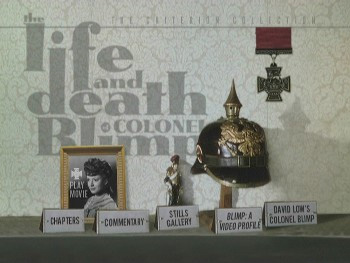 |
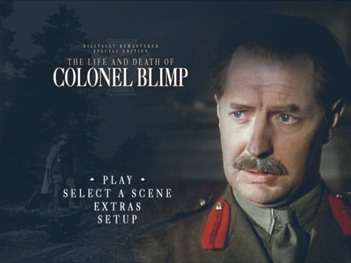 |
Frame 2
(Criterion NTSC R1 left, Carlton PAL R2 right)
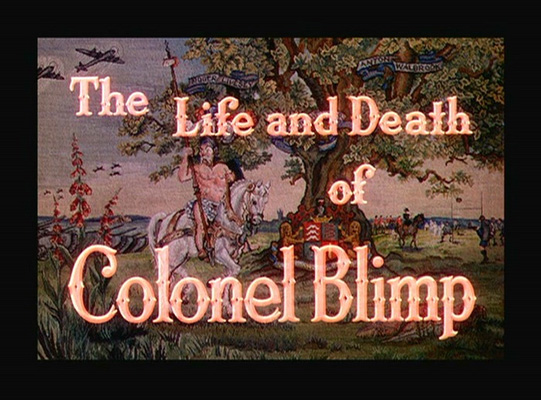 |
 |
Frame 3
(Criterion NTSC R1 left, Carlton PAL R2 right)
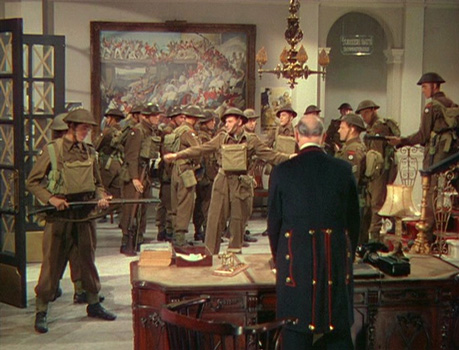 |
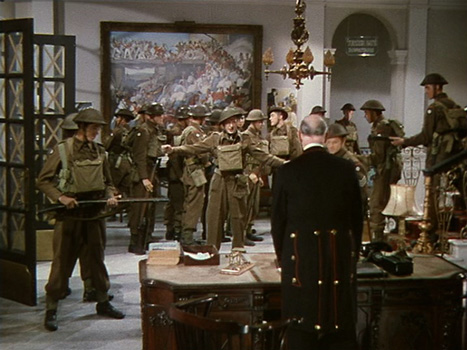 |
Frame 4
(Criterion NTSC R1 left, Carlton PAL R2 right)
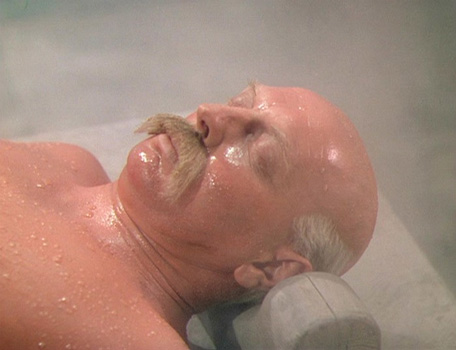 |
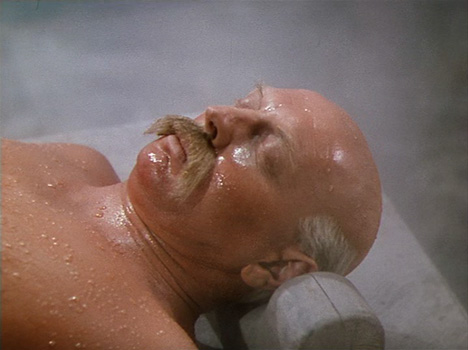 |
Frame 5
(Criterion NTSC R1 left, Carlton PAL R2 right)
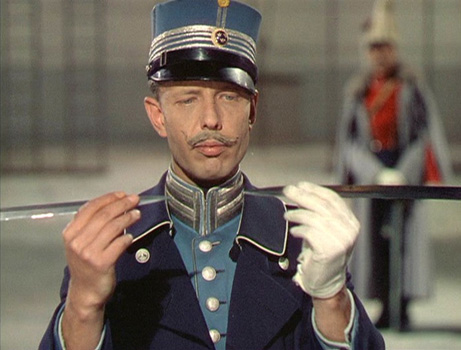 |
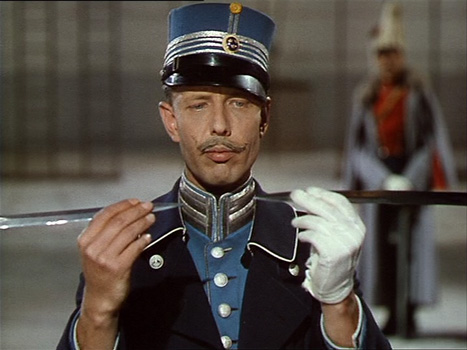 |
Frame 6: Original Frame Sizes
(Criterion NTSC 720x480 R1 top, Carlton PAL 720x576 R2 bottom)
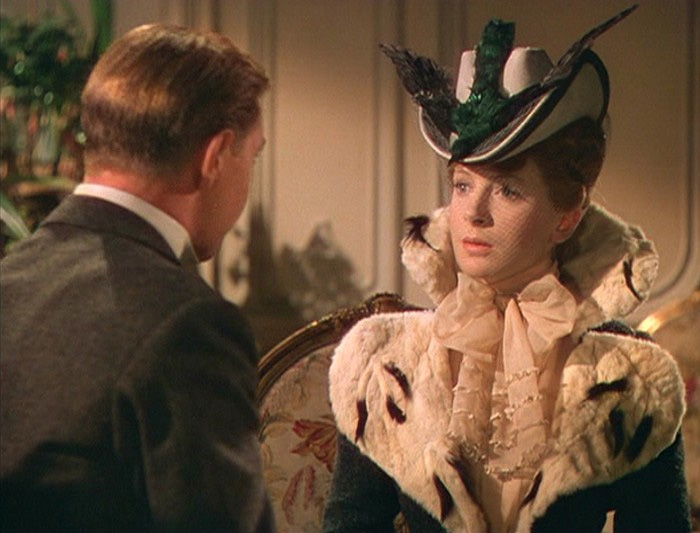 |
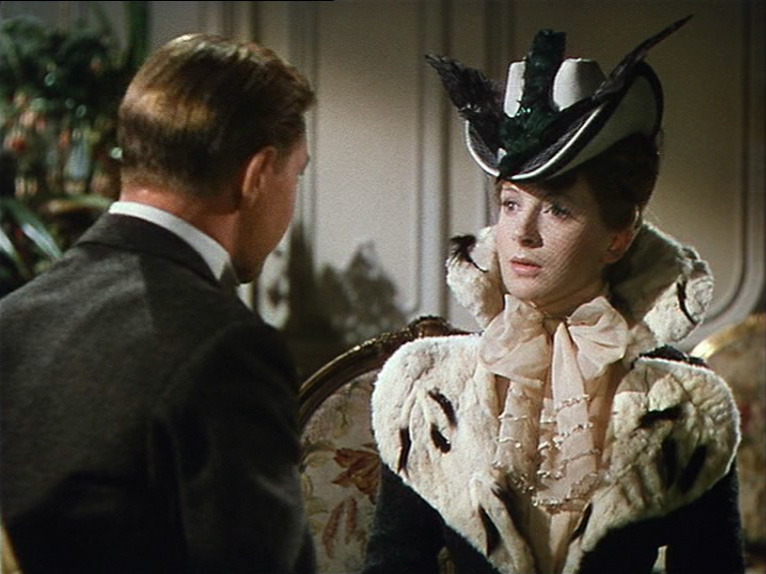 |
Frame 7
(Criterion NTSC R1 left, Carlton PAL R2 right)
 |
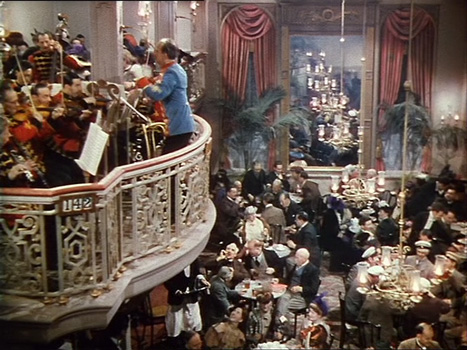 |
Average Bitrate Criterion R2:
5.38 mb/s
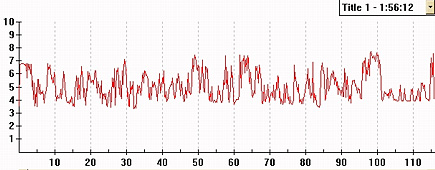
Average Bitrate Carlton R2:
5.90 mb/s
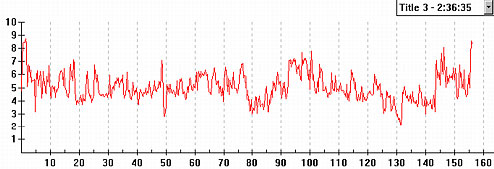
|
This is a strictly non-professional and non-commercial DVD review. Don't expect industry reference work! All ChiaroScuro captures are taken under MacOS X.2 using VideoLAN and Snapz ProX. For further methodological remarks see DVDBeaver (click on "Methodology"): "We are not a lab and are doing a good a job as our time and energy permits. Thank you for understanding." |
